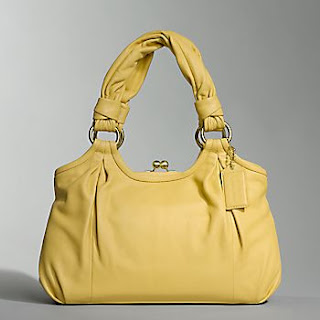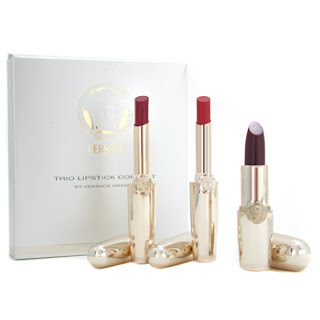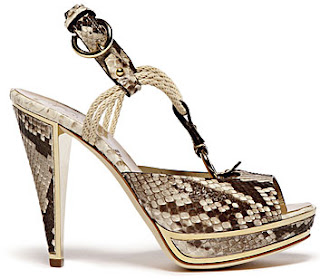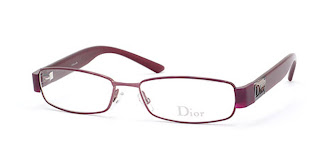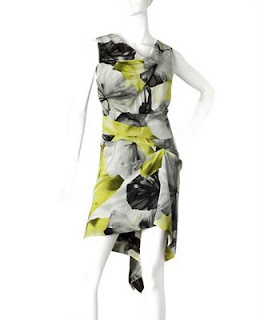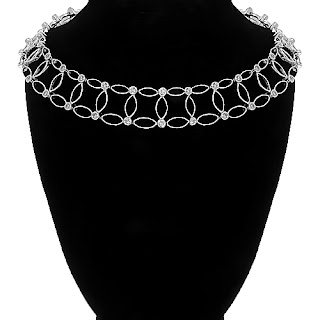From the 1950s to the 1970s, Heuers were popular watches among automobile racers, both professionals and amateurs.[5] Heuer was a leading producer of stopwatches and timing equipment, based on the volume of its sales, so it was only natural that racers, their crews and event sponsors began to wear Heuer's chronographs. Special versions of Heuer chronographs were produced with logos of the Indianapolis Motor Speedway, as well as the names or logos of racing teams or sponsors (for example, Shelby Cobra, MG and Champion Sparkplugs).[6]
In 1962, Heuer became the first Swiss watchmaker in space. John Glenn wore a Heuer stopwatch when he piloted the Mercury Atlas 6 spacecraft on the first US manned space flight to orbit the earth.[7] This stopwatch was the back-up clock for the mission and was started manually by Glenn 20 seconds into the flight. It is currently on display at the San Diego Air and Space Museum.
The Autavia chronograph was introduced in 1962 and featured a rotating bezel, marked in either hours, minutes, decimal minutes (1/100th minute increments) or with a tachymeter scale. All manual-wind Autavias from the 1960s had a black dial, with white registers. Early cases had a screw-back and later models (from and after 1968) had snap-backs. The "Autavia" name had previously been used on Heuer's dashboard timers (described above).
The Carrera chronograph, designed by Jack Heuer, was introduced in 1963. The Carrera had a very simple design, with only the registers and applied markers on the dial. The fixed inner bezel is divided into 1/5 second increments. The 1960s Carreras were available with a variety of dials, including all-white, all-black, white registers on a black dial, and black registers on a black dial. A three-register, triple calendar version of the Carrera was introduced around 1968.
Most of Heuer chronographs from this period—including the Autavias and Carreras—used movements manufactured by Valjoux, including the Valjoux 72 movement (for a 12-hour chronograph) and the Valjoux 92 movement (for a 30-minute or 45-minute chronograph). The Valjoux 72 movement utilized a 'tri-compax' design, with three registers on the dial—one register for the chronograph hours (at the bottom), one register for the chronograph minutes (at the right), and a third register for a continuously running second hand (at the left). The second hand for the chronograph was mounted on the center pinion, along with the time-of-day hands.
Heuer acquired the "Leonidas" brand in the early 1960s, with the combined company marketing watches under the "Heuer-Leonidas" name. One of the designs that Heuer acquired from Leonidas was the "Bundeswehr" chronograph, used by the German air force. These "BWs" feature a 'fly-back' mechanism, so that when the chronograph is reset to zero, it immediately begins running again, to time the next segment or event.
